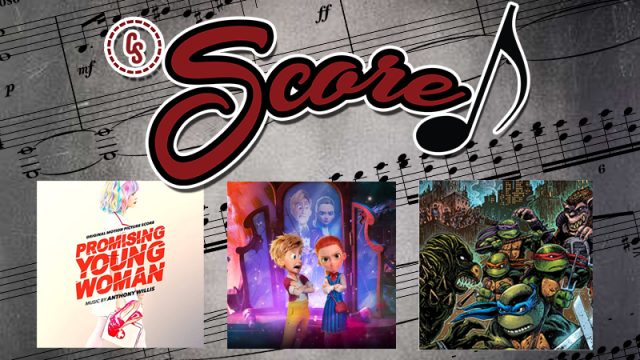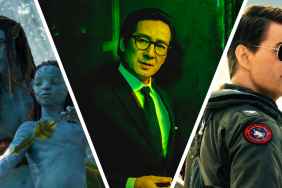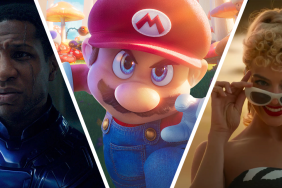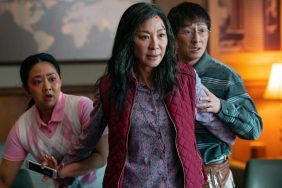Hey, there film score lovers! Welcome to another edition of CS Score, your place for everything film soundtrack related! Today, we’ve got a great interview with Anthony Willis, the composer of the Academy Award nominated drama Promising Young Woman. Willis received a BAFTA nomination for his incredible work on the film and takes the time to really delve into his scoring process.
We also got a…










